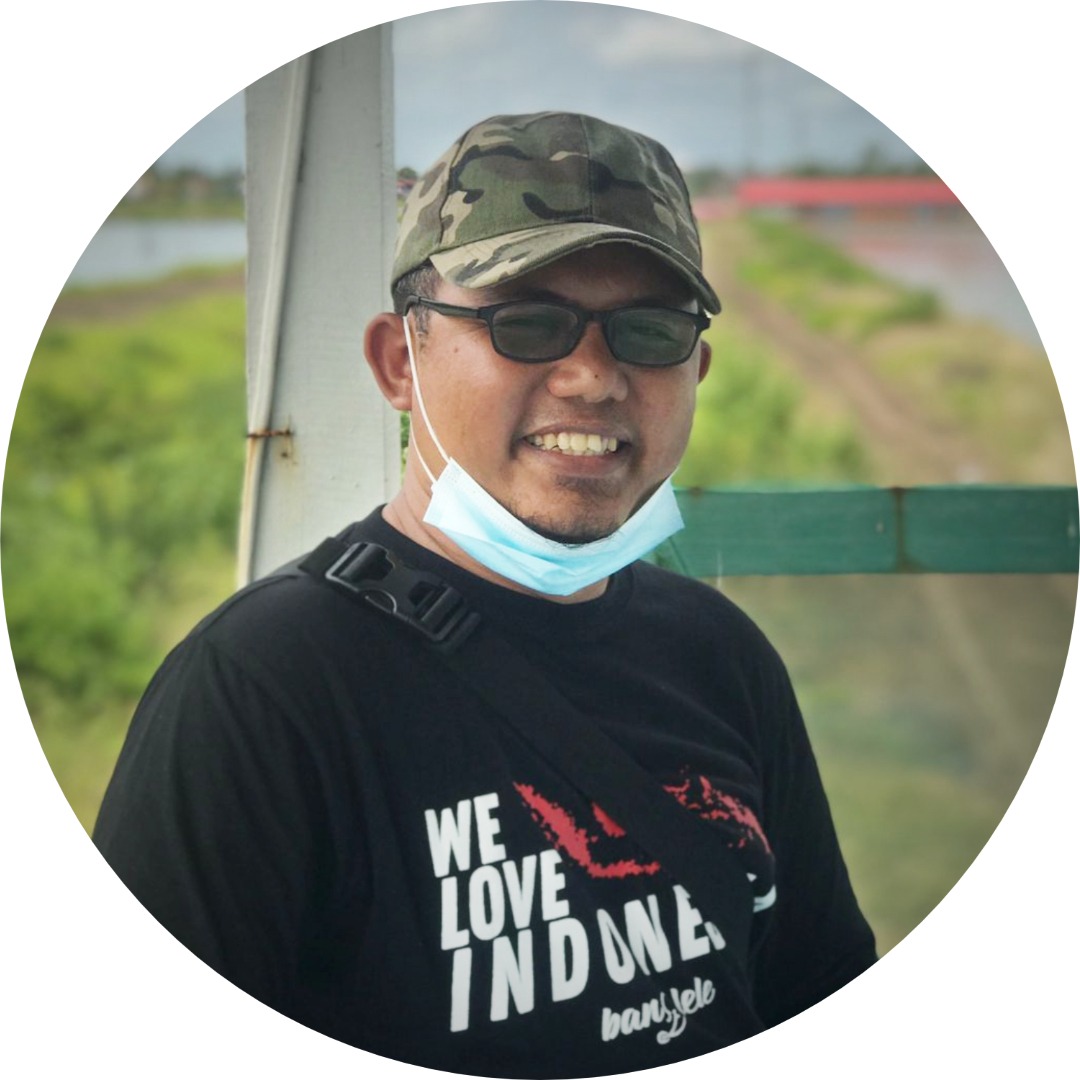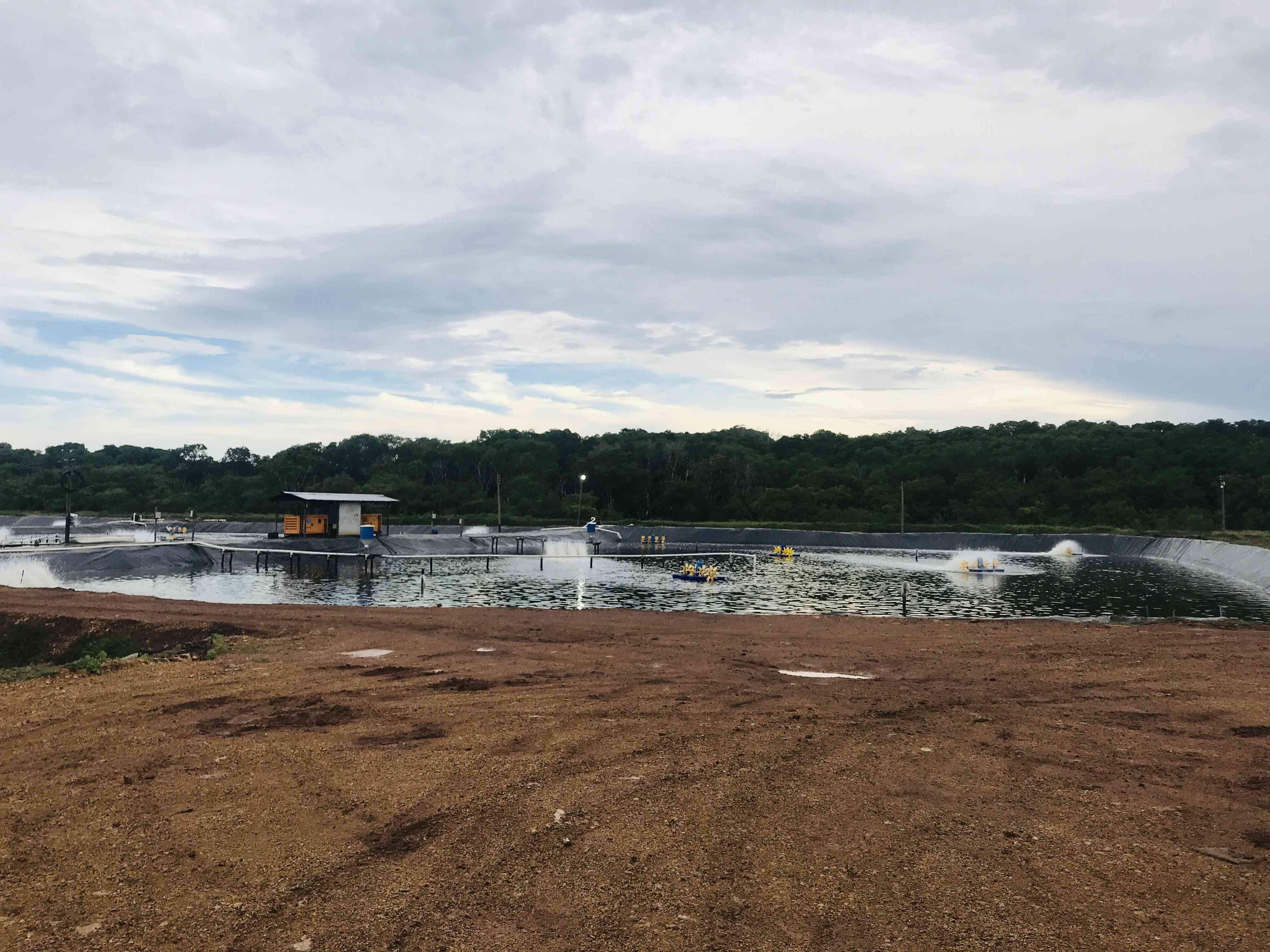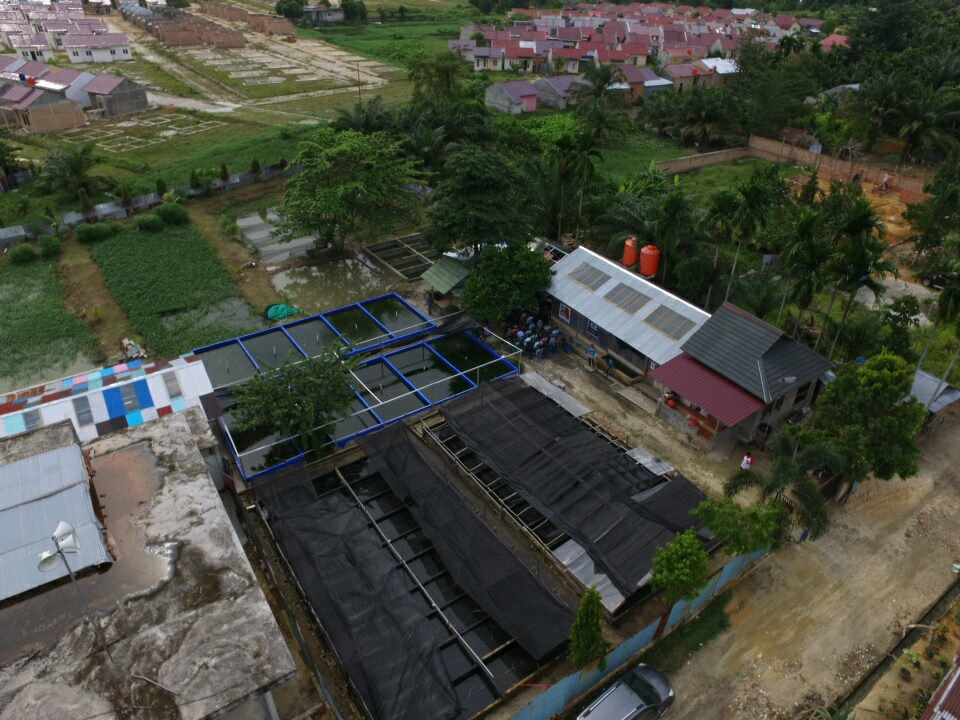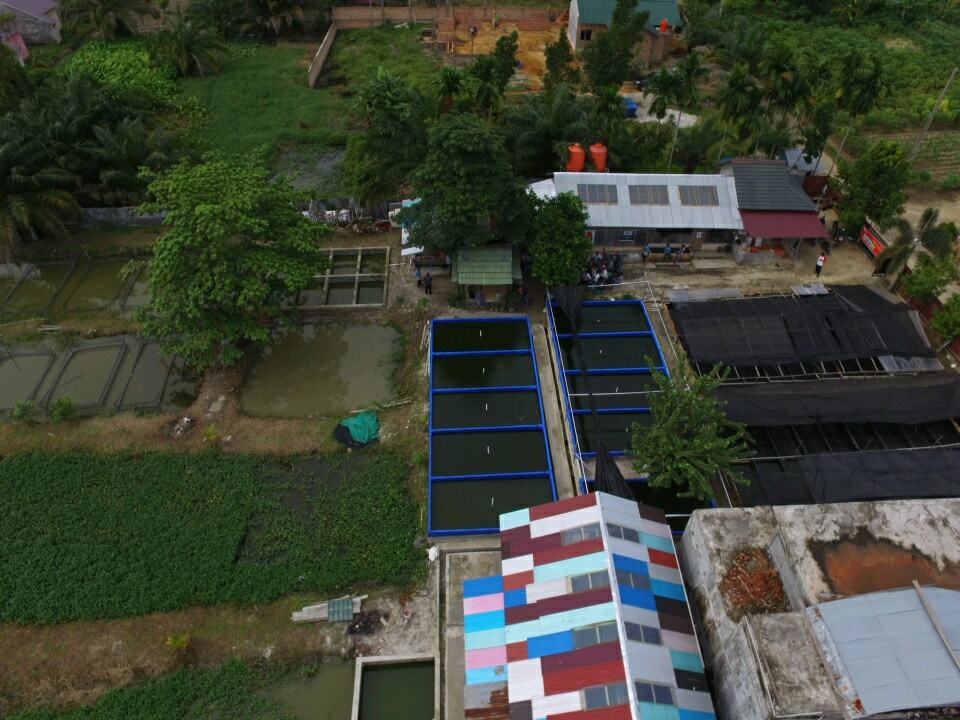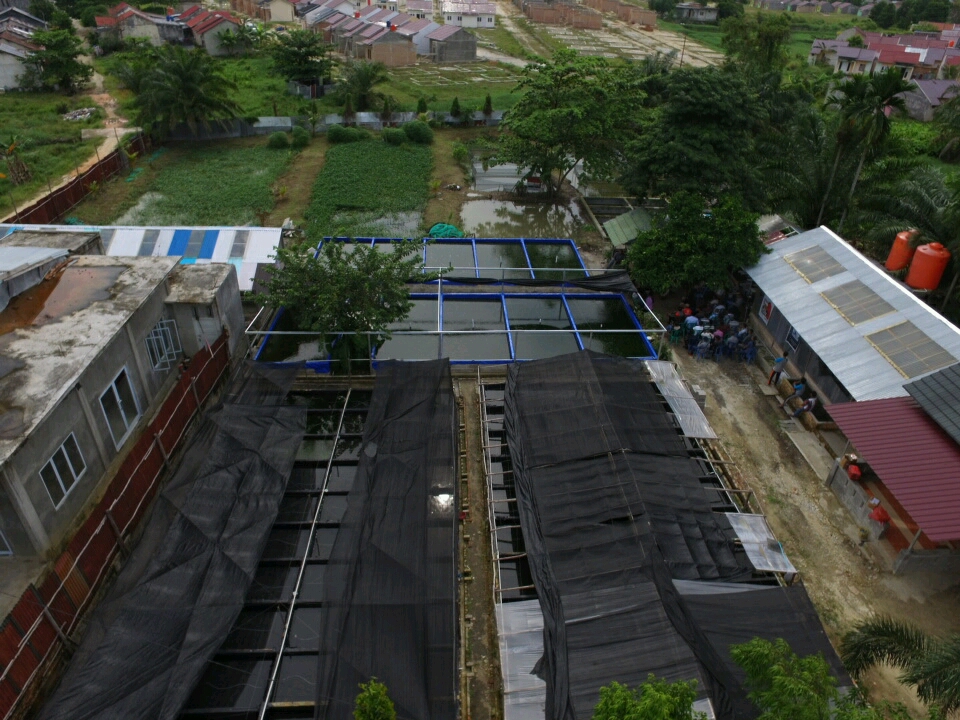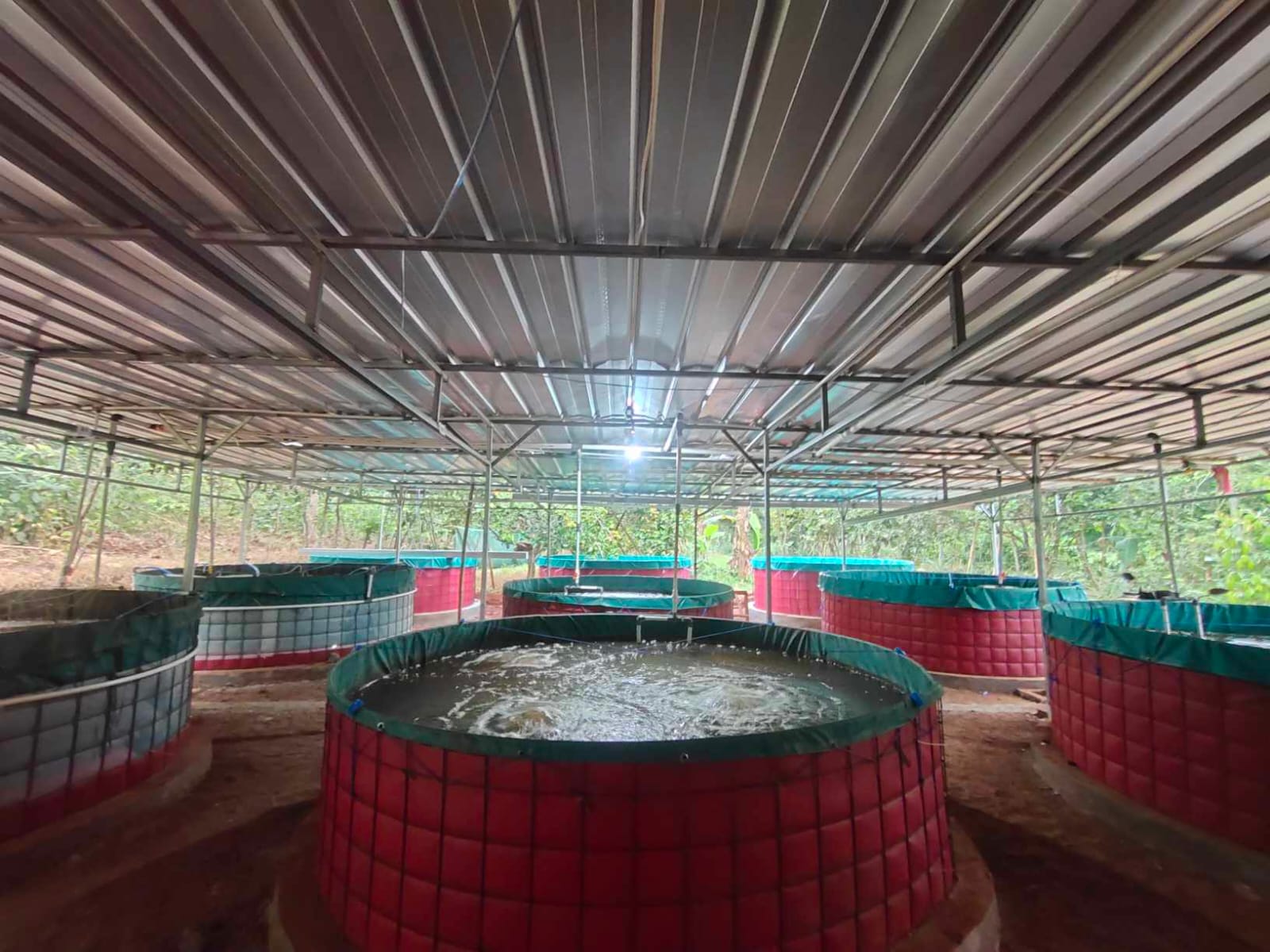The Koto Panjang Hydroelectric Reservoir, which is located in Riau Province, specifically in District XIII Koto Kampar, Kampar Regency, and a small part in West Sumatra Province, is a reservoir that has an area of 12,400 hectares. Apart from functioning as a hydroelectric power plant that supports energy supplies in the surrounding area, this reservoir also has a very vital multifunctional role. Other functions include as an irrigation source that irrigate agricultural land, a tourist destination that attracts local and foreign tourists, as well as a fisheries center that is a source of livelihood for hundreds of local fishermen.
1. Management based on customs and traditions
The community around the Koto Panjang Hydroelectric Reservoir really respects and adheres to the traditional principles and traditions that have been passed down from generation to generation in managing fisheries resources. One traditional practice that is still applied today is the system Lubuk Prohibition. In this system, certain parts of the reservoir are closed to fishing for certain periods. This closure takes place in accordance with mutual agreement in the community, usually at certain times of the year that have been determined by custom.
The Lubuk Larangan system has a very important goal, namely providing the opportunity for fish in the area to reproduce without disturbance. During the closure period, fish can grow and reach larger sizes, increasing the fish population in the area. This is not only beneficial for the reservoir ecosystem, but also ensures the availability of sustainable fish resources for future generations.
The effectiveness of the Lubuk Larangan system is supported by research results from the University of Riau. The research found that the implementation of Lubuk Larangan could increase fish biomass by up to 40% in one closing season. This increase in biomass indicates that the number and size of available fish increased significantly, which in turn increased fishermen's catches after the closure period ended.
View of the Koto Panjang hydroelectric reservoir
2. Environmentally friendly fishing techniques
Local communities around the Koto Panjang Hydroelectric Reservoir use traditional fishing gear such as gill nets and traps which have been used for generations. These tools are designed to be environmentally friendly and selective, only catching fish of a certain size. Gill nets, for example, have holes of a certain size that allow small fish to pass through and remain in the water, so they can grow and reproduce further. Likewise, traps are designed to catch fish that have reached a certain size, while smaller fish remain safe and can continue to grow.
The use of traditional fishing gear not only shows high local wisdom, but also has a positive impact on environmental sustainability and the sustainability of fish resources in the reservoir. Data from the Riau Province Fisheries Service shows that this traditional fishing gear is effective in reducing catches bycatch, i.e. unwanted bycatch, up to 25% compared to modern non-selective fishing gear. Bycatch often consists of young fish or undesirable species, which if caught can harm fish populations and the ecosystem as a whole. However, the catch can reach 200 kilograms in one day.
By reducing bycatch, traditional fishing gear helps maintain the balance of aquatic ecosystems and ensures that fish populations can continue to grow. This is critical to maintaining healthy and sustainable fish stocks, which in turn supports the livelihoods of local fishermen. Additionally, reduction bycatch also reduces negative impacts on non-target species which often play an important role in the ecosystem, such as small fish which are the main food for predators.
3. Seasonal management
The local wisdom of the people around the Koto Panjang Hydroelectric Reservoir is not only visible from the use of traditional fishing gear, but also from the collective regulation of the fishing season. One important aspect of fisheries management is an agreement not to fish during certain seasons, especially during the spawning period. The spawning period is a critical period in the life cycle of fish when they reproduce and release eggs. Providing opportunities for fish to reproduce naturally without interference from fishing is essential to ensure the sustainability of fish populations in the future.
Research conducted by the Faculty of Fisheries and Marine Sciences, Riau University confirms the effectiveness of this practice. The research results show that by not fishing during the spawning period, the local fish population increases by 30% every year. This population increase not only occurs in the number of fish, but also in the diversity of species and larger fish sizes. This means that the fish have a greater chance of growing to adult size, which in turn increases the sustainability of fish stocks in the reservoir.
4. Diversify income sources
Apart from relying on traditional fishing, the community around the Koto Panjang Hydroelectric Reservoir is also developing freshwater fish cultivation as an alternative source of income. This fish cultivation not only aims to reduce pressure on fish populations in the wild, but also significantly improves the economic welfare of local communities.
Farming freshwater fish such as tilapia and catfish has become an increasingly popular practice among fishermen and farmers around the reservoir. Parrot fish (Oreochromis niloticus) and catfish (Clarias sp.) were chosen because they have fast growth, are easy to cultivate, and have high market demand. This cultivation system is carried out in ponds built around houses or on agricultural land that is not very productive, utilizing abundant water resources from reservoirs.
This cultivation approach brings many benefits to society. Firstly, freshwater fish farming helps reduce pressure on wild fish populations in reservoirs. By providing a stable supply of fish from cultivation, communities can reduce the frequency and intensity of fishing in the wild, which in turn helps preserve the reservoir's aquatic ecosystem.
Second, fish farming provides a significant additional source of income for fishing households. Data from the Kampar Regency Central Statistics Agency shows that income from fish farming contributes up to 40% of the total income of fishermen's households around the reservoir. This income does not only come from sales of fresh fish, but also from processed fish products such as salted fish, smoked fish and other products that have added value.
Apart from that, cultivating freshwater fish also plays a role in diversifying sources of income for the community, thereby reducing dependence on just one source of income. This diversification is important to increase the community's economic resilience to fluctuations that may occur in natural fishing, such as changes in weather, pollution, or other factors that can affect catches.
Cages in the Koto Panjang hydroelectric reservoir
5. Fisheries potential and income
The Koto Panjang Hydroelectric Reservoir in Riau Province is an important source of income for around 400 fishermen who depend for their livelihood on fishery products in this reservoir. Fishing activities in this reservoir show significant catch diversity, with paweh fish (Osteochilus hasselti) dominates the catch as much as 35.2%, followed by motan (Thynnichthys polylepis) of 28.2%, and siban (Cyclocheilichthys apogon) as much as 14.8%. Apart from that, there are several other economically important types of fish such as goldfish (Cyprinus carpio), baung (Hemibagrus nemurus), tenacious (Wallago sp.), belida (Chitala lopis), they take (Channa micropeltes), and gourami (Osphronemus goramy) also contributes to the diversity and volume of catches. Apart from that, there are also giant prawns which are found in abundance on the dam walls in certain seasons.
The potential for fisheries production in the Koto Panjang Reservoir is estimated at 170.4 tons per year. This figure shows how rich and abundant the fishing resources are available in this reservoir, which is the economic backbone for the local fishing community. Each fisherman around this reservoir can achieve varying levels of income, ranging from IDR 116,966 to IDR 126,700 for one fishing trip. This variation in income is influenced by several factors, including fishing time and the number of fishing gear owned by fishermen.





